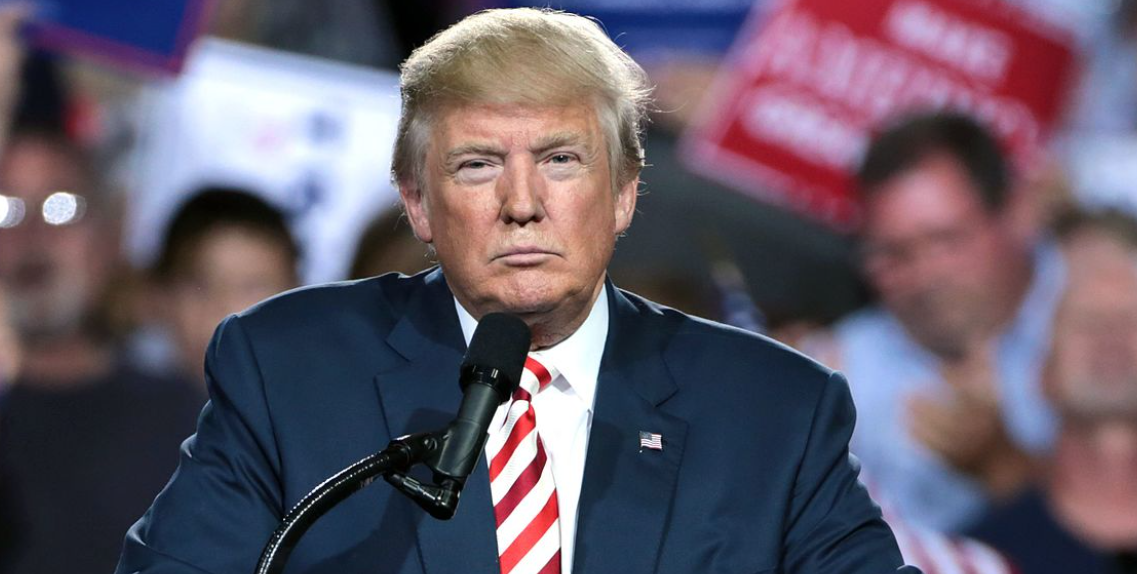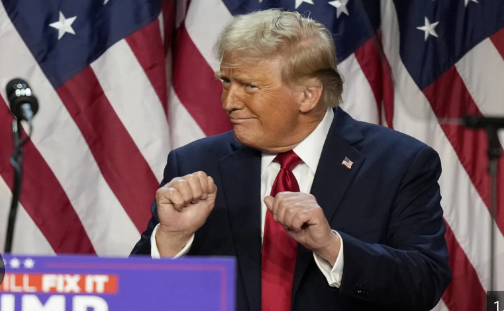The 2016 election exposed the failure of traditional polling, as "hidden voters" and targeted suppression strategi
What to Know
- On Election Day 2016, traditional forecasts gave Hillary Clinton an 85% to 99% chance of winning.
- Donald Trump won 306 Electoral Votes by flipping states like Michigan and Wisconsin by margins of just 12,000 and 27,000 votes, respectively.
- The polling miss was driven by the failure to measure "hidden" voter types, like the "Silent Resistor," who concealed their preferences.
- Democratic turnout collapsed in key areas, with Clinton receiving 70,000 fewer votes in Detroit and 40,000 fewer in Milwaukee County than Barack Obama in 2012.
- The Trump campaign's digital strategy (Project Alamo) successfully used "dark posts" for voter suppression, targeting African Americans with ads like the "super predator" animation.
On November 8, 2016, the political establishment was certain of the outcome. The New York Times' model gave Hillary Clinton an 85% chance to win, famously comparing Donald Trump's odds to "an N.F.L. kicker misses a 37-yard field goal." The Huffington Post was at 98%, and the Princeton Election Consortium was over 99%.
Hours later, the consensus was shattered. Trump won 306 Electoral Votes. This was not just a polling error; it was the collapse of an entire model. The election proved that traditional methods, which focus on what voters say, were blind to the emotional, identity-driven currents that actually decide modern elections. The 2016 race was the definitive case study in why sentiment analysis has triumphed over polling.
The Anatomy of a Polling Failure
The 2016 election was decided by a margin. Trump's victory was built on flipping historically Democratic states by shockingly small vote counts. He won Michigan by just 12,000 votes and Wisconsin by only 27,000.

Image by DALL-E
These narrow victories were not driven by a massive wave of persuasion. They were the result of a "surprisingly weak" turnout from key Democratic groups. In Detroit, Hillary Clinton received approximately 70,000 fewer votes than Barack Obama did in 2012. In Milwaukee County, she received roughly 40,000 fewer votes. These drop-offs, invisible to national polls, were more than enough to cost her both states.
Psychology Behind Persuasion Fatigue
The collapse of traditional persuasion politics in 2016 was not accidental. It reflected a deeper psychological shift in how voters process information. For decades, campaigns assumed that voters behaved like rational consumers who weighed issues, policies, and plans. That model broke when digital platforms began rewarding emotion over reason. Social media algorithms started prioritizing outrage and conflict, pushing the loudest and most divisive content to the top of every feed.
I
mage generated by Gemini
Modern voters no longer respond to long arguments or detailed policy points. They react to identity cues, emotional validation, and group belonging. Campaigns learned to exploit these cognitive shortcuts, using fear, pride, and resentment to drive behavior.
The constant flood of online content also created attention fatigue, leaving audiences too overwhelmed to analyze and more likely to react. The winning message is no longer the most logical one but the one that connects most strongly to how a voter feels about who they are.
The 'Silent Resistor' Effect
The polls failed because they could not measure the "hidden" voters who were moving the election. Post-2016 analysis confirmed that voter behavior is now shaped less by fixed ideology and more by "reactive emotion, tribal identity, and narrative control."
The most significant flaw in the 2016 polling was its inability to account for social desirability bias. The Trump campaign operated on the correct assumption that "shy voters," or "Silent Resistors," would not admit their support to a live pollster or on a social media platform.

Image made by DALL-E
These voters, often part of the "disaffected populist" or "cultural backlash" demographics, are consistently under-polled. Trump's overwhelming success with white voters (58%), especially non-college-educated white men (seven in 10) and non-college-educated white women (six in 10), confirmed that this hidden army of supporters surged at the ballot box in a way forecasters never captured.
Wrap Up
The 2016 election exposed how traditional forecasting failed to capture real voter sentiment. Key battleground states like Michigan, Wisconsin, and Pennsylvania were expected to stay blue but turned red instead. The problem was not faulty math but a failure to measure what was happening beneath the surface.
Polls reflected what voters said, not what they truly felt. Hidden voters known as Silent Resistors, hesitant to express support for Trump, were missed in nearly every survey and appeared on Election Day in decisive numbers.
Trump’s digital director, Brad Parscale, used sentiment analysis to track emotional shifts online before they showed up in polls, giving his team a real-time advantage. The 2016 outcome proved that successful campaigns must combine polling, analytics, and sentiment to anticipate emotion before the data reveals it.
The 2016 election was a paradigm shift. It exposed traditional polling as a lagging indicator, incapable of capturing the fast-moving, identity-driven nature of the modern electorate. The "Great Polling Miss" was not a statistical anomaly; it was the validation of a new strategic model.





